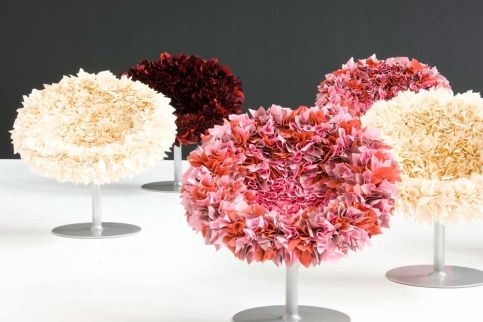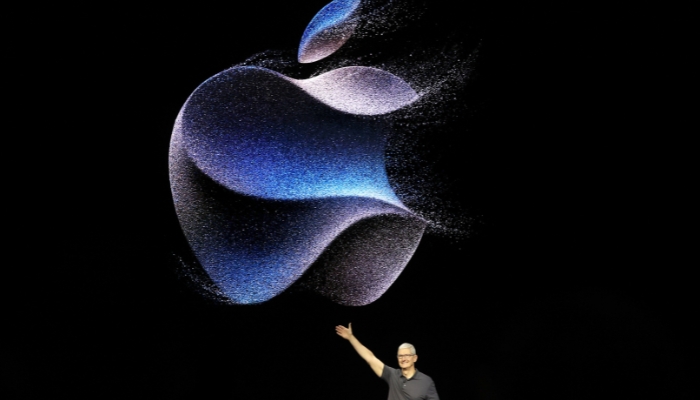
Architects, artists, and game developers uncover the virtual world’s possibilities and challenges, from restoring artifacts demolished by Isis to training robot vacuum cleaners.
In a serene setting of minimalist white arches, a gentle cascade of pink petals descends in slow motion, creating a captivating scene reminiscent of a cosmetics advert. As the camera pans out, a delicate and plush armchair emerges from the clustered petals, positioned at the heart of a temple-like environment. The surrounding dreamy landscape features fluffy pink trees, evoking a luxurious Zen retreat inspired by Glossier’s aesthetic.
The familiarity of the aesthetic is uncanny: pastel tones, textured surfaces, and ubiquitous arches reminiscent of Instagram architecture, meticulously crafted to garner likes. This computer-generated scene, an homage to millennial pink, has been carefully tailored to captivate the social media algorithm, designed to seamlessly integrate into your feed like a sweet sedative, promising to envelop you in its cotton candy allure.
What sets it apart from the countless CGI creations that saturate the infinite scroll is that this seemingly impossible chair now exists in the physical world. Displayed at the Museum of Applied Arts in Vienna (MAK), right in front of the video, stands the Hortensia chair—a vision of blooming luxury, plucked from the screen and materialized through thousands of laser-cut pink fabric petals. This exquisite piece can be yours for approximately £5,000.
The creation is attributed to digital artist Andrés Reisinger, who transformed the initial digital chair design into an NFT after its images gained viral traction on Instagram in 2018. Collectors swiftly reached out, inquiring about purchasing the tangible version, prompting Reisinger, alongside product designer Júlia Esqué and furniture brand Moooi, to bring it to life. Initially released as a limited edition, the chair has now been modified for mass production. This marked a groundbreaking moment where an armchair materialized into existence through the influence of likes and shares, manifesting as a physical product originating from the enigmatic depths of the algorithm.
This project is just one example among many in the MAK’s new exhibition, /imagine: A Journey Into the New Virtual, which explores the intersection between the virtual and real worlds. Its name derives from the command users enter into the AI software Midjourney to create their own extraordinary visions, rendering the technical skills of digital artists like Reisinger nearly obsolete. Midjourney can swiftly generate a pink petal chair and present various alternatives. If you’re looking for a generic marketing description, ChatGPT fits the bill.
Considering the rapid development of such technologies, it’s an ambitious topic for a state-owned museum, which tends to move at a slower pace. However, curators Bika Rebek and Marlies Wirth have done a commendable job of assembling an accessible overview of the past decade’s exploration into the virtual realm. The exhibition encompasses designers who enthusiastically embrace the potential of the metaverse, as well as those who raise concerns about the path we’re heading towards.





